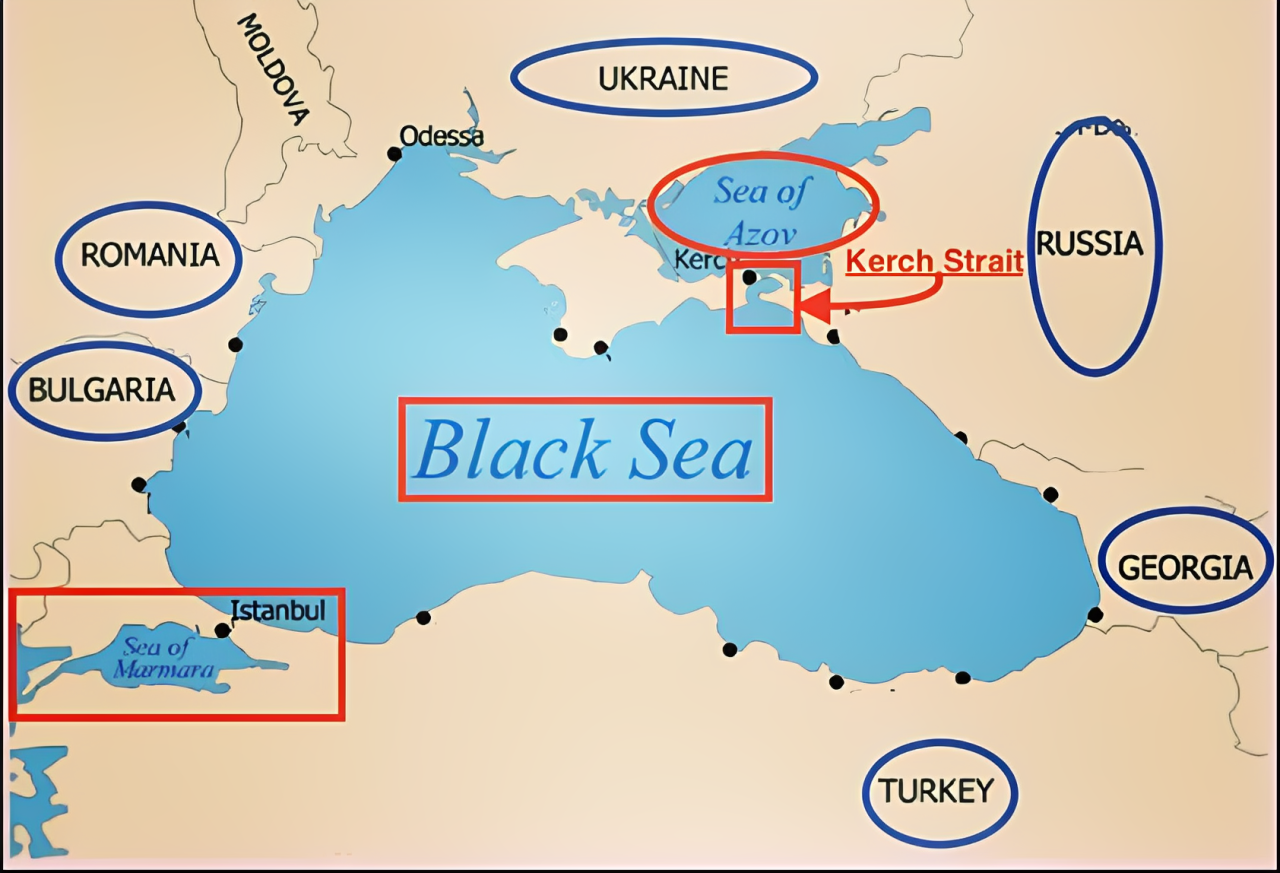Turkish Salmon – The Black Sea’s New Rose-Coloured Gold

Turkey’s salmon farming industry, especially in the Black Sea, has seen exponential growth in recent years. Key highlights:
-
National Export Value: In 2023, Turkey exported over 78,000 tonnes of farmed trout (branded as “Turkish salmon”), earning $498 million.
-
Main Markets:
-
Russia (74.1%) is the top importer, benefitting from its ban on Norwegian salmon since 2014.
-
Followed by Vietnam (6%), then Belarus, Germany, and Japan.
-
-
Production Process:
-
Fish are first grown in inland reservoirs, then transferred to submerged sea cages in the Black Sea.
-
The cooler temperatures (Oct–June) help them grow to 2.5–3 kg at harvest.
-
-
Competitive Edge:
-
Turkish salmon is 15–20% cheaper than Norwegian salmon, attracting cost-conscious global buyers.
-
-
Challenges: Despite booming exports, concerns persist over intensive aquaculture practices.
Global Leaders in Salmon Production
-
Top Producers:
-
Norway: The largest global producer and exporter of farmed salmon.
-
In 2020, exported 1.1 million tons worth USD 8.3 billion.
-
-
Chile: The second-largest producer, with a major share in global farmed salmon output.
-
-
Other Producers: Countries in the European Union, Asia, and Latin America also contribute to salmon farming but on a smaller scale.
-
Wild-Caught Salmon:
Significant supply also comes from natural fisheries, especially in Alaska and Russia.
-
Locally available rawas (seer fish) is often marketed as "Indian salmon", but it's biologically different from Atlantic and Pacific salmon
